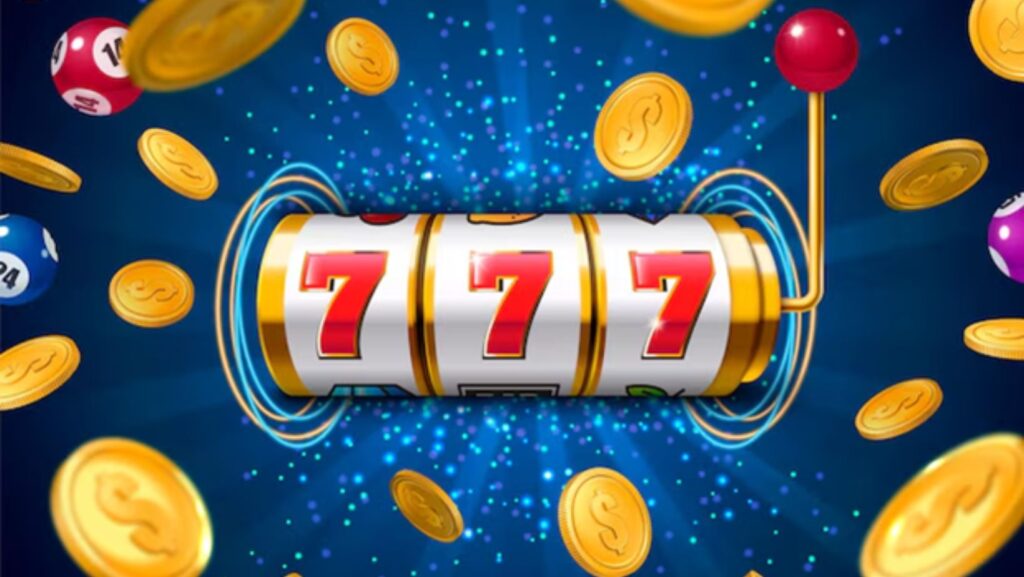
Slot machines have captivated players for decades, evolving from simple mechanical devices to sophisticated virtual systems that we see in casinos and online today. At the heart of these machines are the reels, a crucial element that determines the game’s outcome and shapes the player experience. Understanding how slot machine reels have transformed from physical mechanisms to virtual representations helps demystify the process behind the spinning symbols.
Let’s take a closer look at how these reels work, the technology behind them, and how they’ve changed over time.
The Early Days: Mechanical Reels
In the late 19th century, the first slot machines were created as mechanical devices. One of the most famous early machines was the Liberty Bell, invented by Charles Fey in 1895. This machine featured three physical reels, each with various symbols like horseshoes, stars, and the Liberty Bell itself. Players would pull a lever to spin the reels, hoping to line up matching symbols for a payout.
The operation was simple: each reel was a physical wheel with painted symbols. The reels were attached to a metal shaft, and pulling the lever set the wheels spinning. The stopping of the reels was based on pure mechanics. The odds of winning were determined by how many times a particular symbol appeared on each reel.
How Mechanical Reels Worked
Each reel on a mechanical slot machine was attached to a series of gears and levers. Inside, the machine contained a “stepper motor” that controlled the reel’s motion. This motor was triggered when the player pulled the lever, which released a spring that caused the reels to spin. When the force of the spring was expended, the reels would gradually come to a stop, landing on a random combination of symbols.
To determine whether a player had won, a mechanical “payline” would run across the reels. If the symbols lined up along this payline matched one of the predetermined winning combinations, the machine would pay out accordingly. Mechanical reels offered a very tactile and visible gaming experience, but they also had limitations in terms of possible combinations and payout sizes.
The Rise of Electronic Reels
By the 1960s, slot machines underwent a significant transformation. Manufacturers began integrating electronic components into the machines, which led to the creation of electro-mechanical slot machines. This shift allowed for more complex game designs, as the reels were now controlled by electrical pulses rather than mechanical force.
The Impact of RNGs on Gameplay
Random number generators revolutionized slot machines by creating the illusion of random results while maintaining the fairness and unpredictability of each spin. These RNGs would run continuously, even when the machine was not in use, generating hundreds of numbers every second. When a player hit the spin button, the RNG would instantly select a number that corresponded to a particular reel position.
The Virtual Age: Online Slot Reels
With the advent of the internet and the rise of online casinos, slot machines have moved into the virtual realm. In online slot games, the reels are purely digital, displayed on a screen rather than being physically present. Despite this format change, the basic principles of how slot machines operate remain the same, thanks to the continued use of RNGs.
Online deposit 5000 games typically feature far more intricate designs and themes than their physical counterparts, thanks to the flexibility of digital design. Virtual reels can accommodate hundreds of symbols and offer features like bonus rounds, free spins, and progressive jackpots that were much harder to implement with physical reels.

The randomness in online slot machines is still controlled by an RNG, but the virtual environment allows developers to add layers of complexity that keep players engaged. Online slot reels can now be part of elaborate animations, interact with other game elements, or trigger special features like expanding wilds or cascading reels.
Advantages of Virtual Reels
One of the biggest advantages of virtual reels is the endless variety of games they allow. Developers can create different themes, bonus features, and payout structures to suit a wide range of player preferences. Players can choose from classic three-reel bola tangkas games to multi-reel games with dozens of paylines and special features.
Conclusion
The evolution of slot machine reels from mechanical to virtual reflects the broader technological advancements in the gaming industry. While the early machines were limited by physical constraints, today’s digital slots offer endless possibilities in terms of design, gameplay, and payouts. Yet, whether you’re pulling a physical lever in a casino or tapping a button on your smartphone, the thrill of watching the reels spin remains the same.














